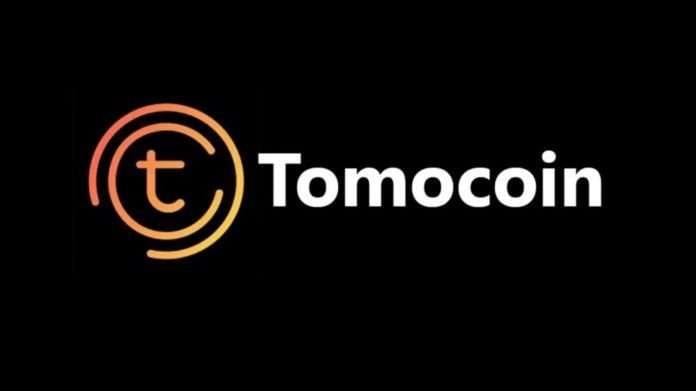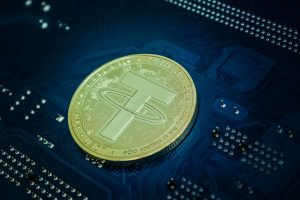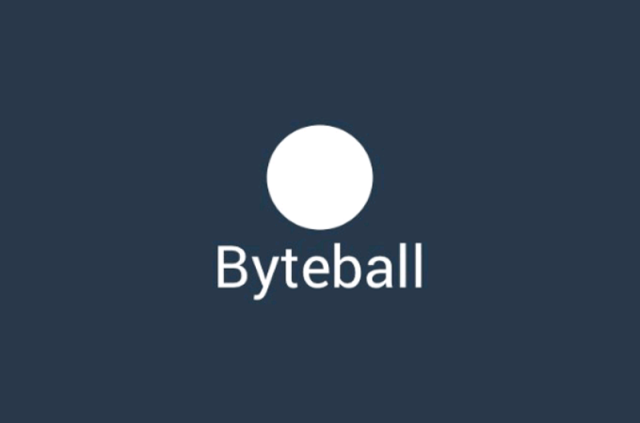
By 2021, at least 1 million Bitcoin miners were verifying the data that make up the Bitcoin blockchain. However, those 1 million miners represent a fraction of the total number of Bitcoin holders, estimated to be more than 100 million people. Nakamoto was the author of the white paper, laying out the theory and operating structure of the Bitcoin payment system. While there is little doubt that the person or persons who operated under the name Satoshi Nakamoto created Bitcoin, nobody knows who he, she or they might be.
Years Ago Today, Bitcoin Creator Satoshi Nakamoto Sent His Final Message
- In the bankruptcy that followed days later, Bankman-Fried’s replacement as FTX CEO, John Jay Ray III, said he’d never witnessed “such a complete failure of corporate control,” according to the New York Times.
- That’s why today, I published new research that presents, for the first time, a full exploration of Satoshi Nakamoto’s time as lead developer of the Bitcoin project.
- The legend of Satoshi Nakamoto, the anonymous bitcoin founder, is a mystery built for the digital age.
- He’s a brilliant mathematician, well-versed in cryptography, and a capable programmer, though his code indicates that he most likely wasn’t a professional.
- Bitcoin began in the imaginations of a group of geeks known as Cypherpunks.
Cardano founder Charles Hoskinson is a cult leader for fans of his ethereum clone blockchain, now valued at $11.5 billion by crypto investors. I’ll couch this one by making clear it is an assertion, though it’s one I’ve become convinced of. I had known that the Bitcoin blockchain was exploited in 2010, and that this bug resulted in the creation of billions of bitcoins that violated the software’s monetary policy. That’s why today, I published new research that presents, for the first time, a full exploration of https://www.tokenexus.com/’s time as lead developer of the Bitcoin project.
Hackers Took Over the SEC’s X Account and Caused Millions In Losses for Bitcoin Investors
If you’re new to cryptocurrency, I hope these findings will encourage you to explore the history of Bitcoin in more detail. Based on his limited body of work, we know that Satoshi is highly intelligent and economically competent. He’s a brilliant mathematician, well-versed in cryptography, and a capable programmer, though his code indicates that he most likely wasn’t a professional. Keeping the identity secret looks like a stroke of genius in hindsight.

Daily Debrief Newsletter
This phenomenon has come to the world of finance in the person of Satoshi Nakamoto, the so-called father of Bitcoin. He appeared out of the ether in 2008 and disappeared just as abruptly three years later, after establishing the world’s first cryptocurrency. On April 23, 2011, he sent a farewell email to a fellow Bitcoin developer.
- No, but the detective techniques that people use when guessing are sometimes even more intriguing than the answer.
- “Zcash allows you to take back control of your money and your privacy.
- The registration for the site was only transferred to Finland on May 18, 2011, which weakens the Finland theory somewhat.
- A number of names have been put forward as the possible identity of Satoshi Nakamoto.
- Visit the Bitcoin white paper repository on GitHub for instructions and open an issue if you have any questions.
What Is Known About Satoshi Nakamoto
As Bitcoin rose to digital regency, the real Satoshi Nakamoto must have dodged thousands of paparazzi and gold diggers. These works serve to contextualize bitcoin into the broader story of cryptography and freedom. It may be that he grew bored of it and saw himself as more of a creator than a leader. It’s possible that he saw Bitcoin’s traction as a sign that he would soon be targeted. It’s also possible that he simply knew a project like Bitcoin would not succeed if it maintained a single leader, and the project’s governance needed to decentralize. We should be careful when describing Satoshi not to slip into hagiography.

And an analysis of early Bitcoin code has indicated that Satoshi may have used a Russian proxy server to mask their identity. An analysis by Sergio Lerner, an authority on bitcoin and cryptography, suggests Nakamoto mined many of the early blocks in the bitcoin network, and that he had built up a fortune of around 1 million unspent bitcoins. That hoard would be worth $18.4 billion U.S. dollars as of Nov. 23, 2020. Solutions to combat the double-spend problem had historically involved using trusted, third-party intermediaries that would verify whether a digital currency had already been spent by its holder. In most cases, third parties, such as banks, could effectively handle transactions without adding significant risk.

